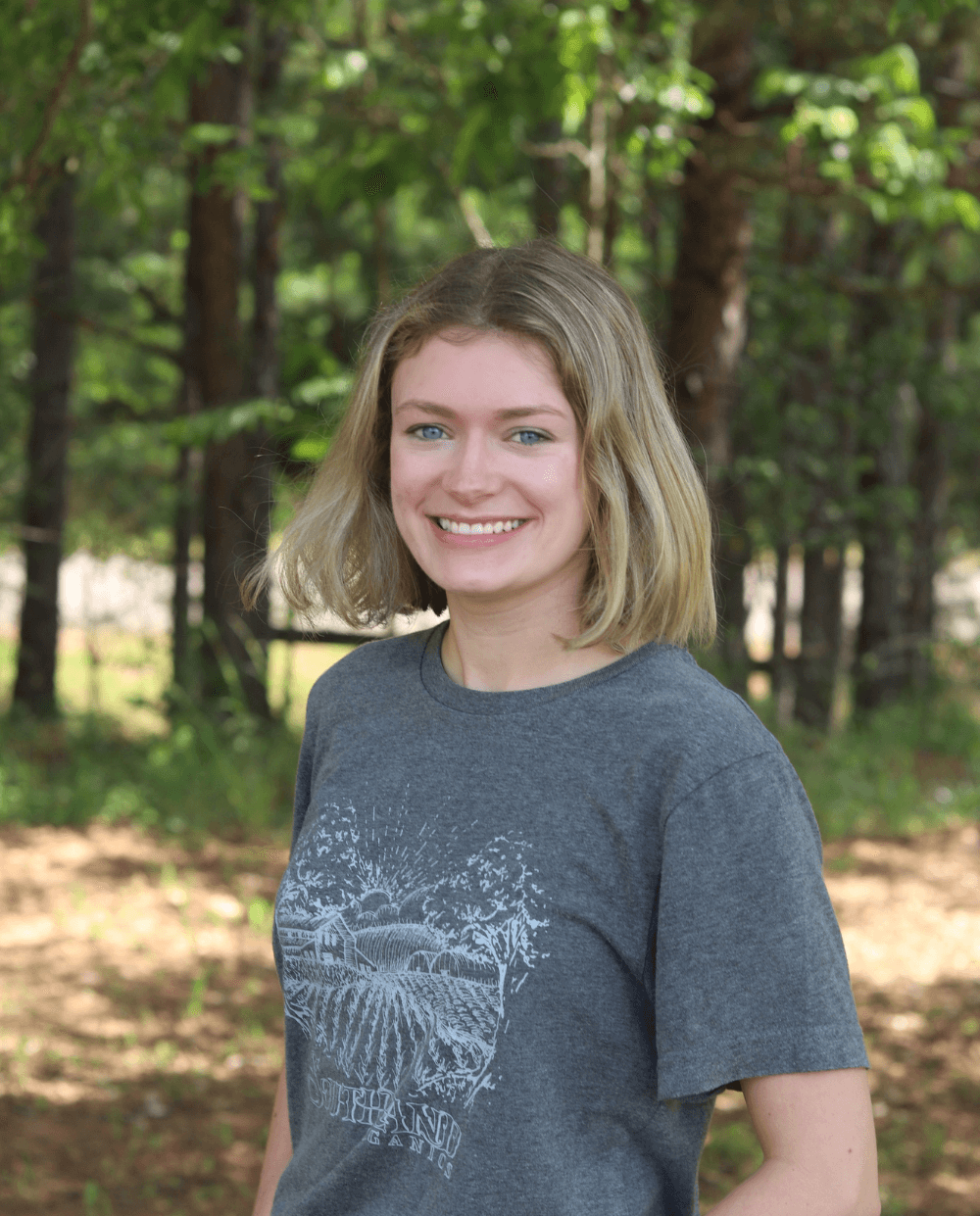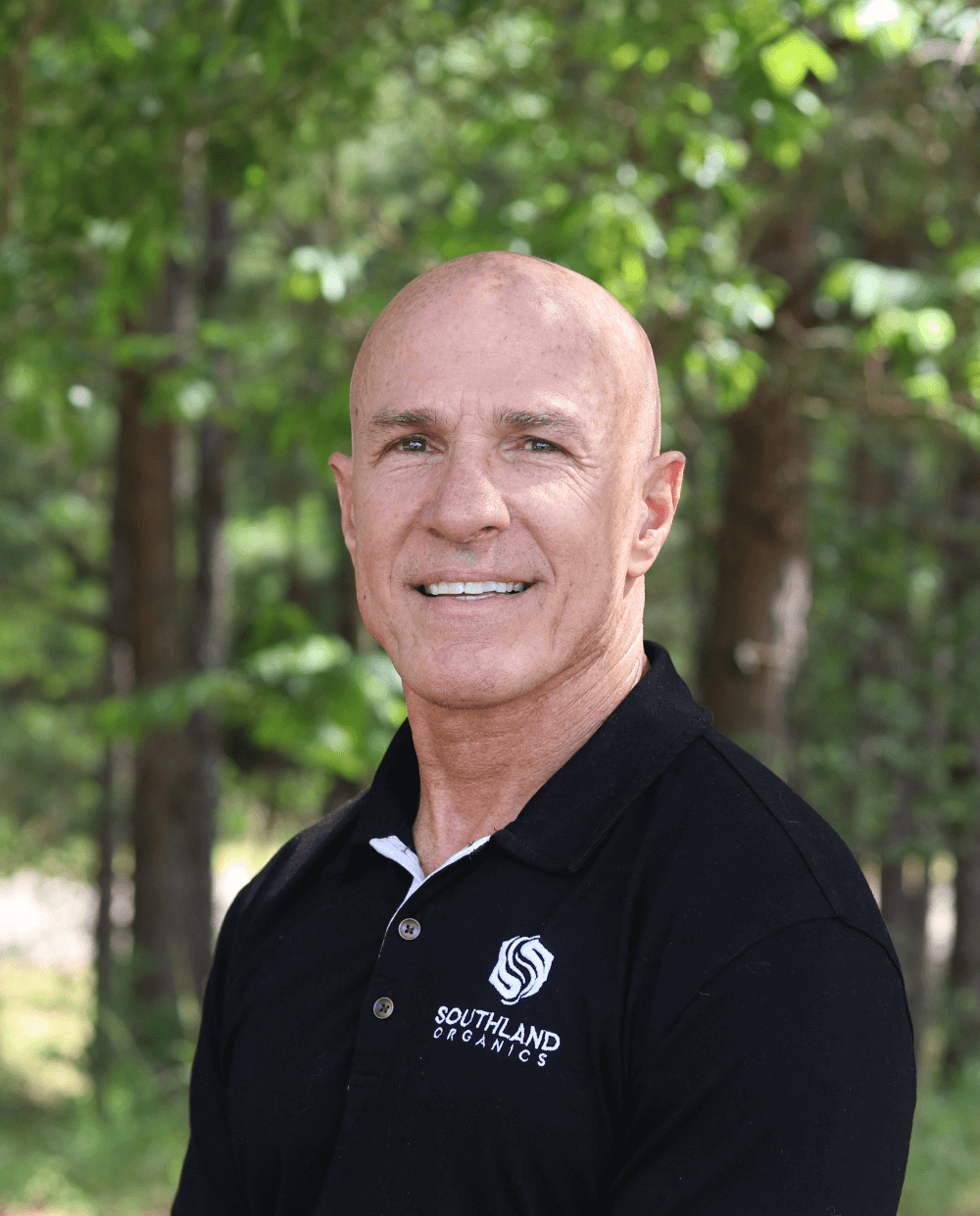Tips on cleaning feed bins
Jason Jackson is an experienced poultry farmer from Alabama. He offers a few tips on how to fully clean out your feed bins when your birds are gone.
On catch night or when the birds leave, Jason says to make sure that you empty out the feed lines completely. There can be around 100 feet of distance from the feed bin to the far side of the feed line—That's a lot of feed to be sitting in those lines while your birds are gone! Feed sitting stagnant can cause several issues, including mold.
When cleaning out your feed bins, Jason recommends tapping around the feed bin with a rubber mallet to make sure that all the feed has fallen out of it and that it's completely empty. Also make sure that both of the boots on the feed bin are empty.
These measures will help to eliminate any opportunity for feed to be left in the bin or lines and then become moldy. No one wants moldy feed when their new baby chicks arrive! They need fresh starter feed, not rancid leftover feed from the last flock.
Why you should clean your feed bins
Why is cleaning feed bins and lines out so thoroughly important? Is a little mold even that big of a deal?
Well, standing feed is a great place for bacteria, fungi and mold to grow. Fungi and mold produce mycotoxins, which are toxins that target tissue inside of your birds. These toxins can cause serious issues, like hemorrhages in the skin, gastrointestinal disfunction and a disease called mycotoxicosis.
Symptoms of mycotoxicosis include birds staying away from feed, spending more time laying down, expressing less reactivity and acting more lethargic. Birds with mycotoxicosis behave this way because the mycotoxins in their feed (from fungi and mold) have put toxins in their bodies that they're not equipped to deal with.
One thing you can do to help birds get through mycotoxicosis is to give them beneficial bacteria species in their gut to mitigate those toxins from fungi and mold. This can be done with a probiotic. The beneficial bacteria from a probiotic work in the gut to break down the toxins and make them metabolizable for the bird. Once metabolized, they won't be able to harm the birds any more!
Contact Us
If you have any questions about our business, products or educational material, reach out to Allen Reynolds at allen@southlandorganics.com or 800-608-3755.






